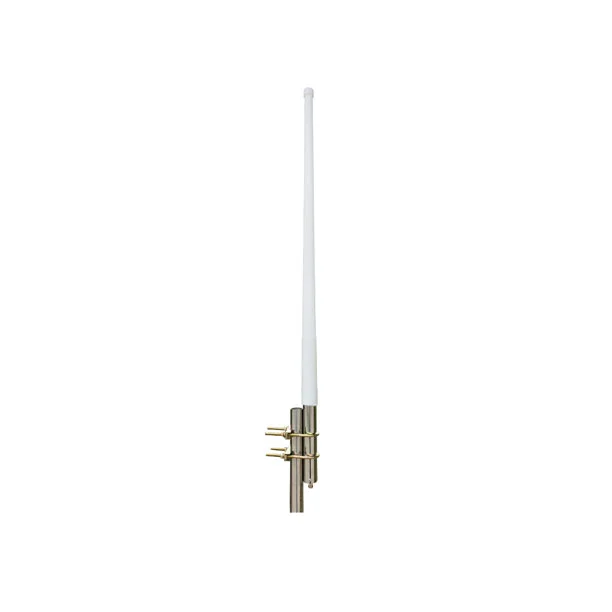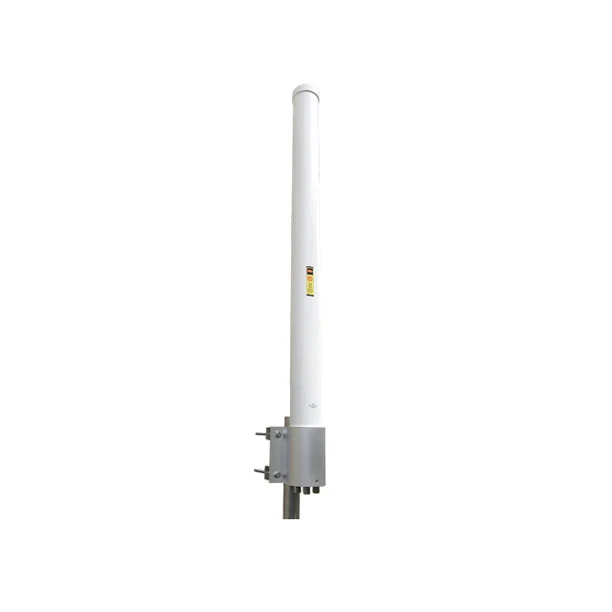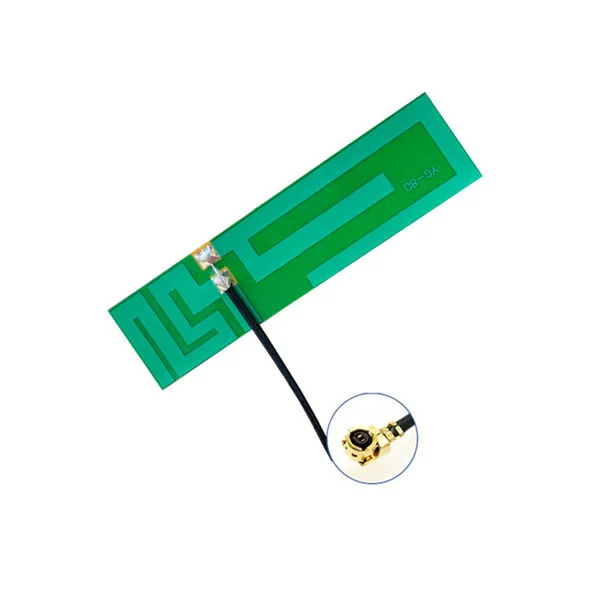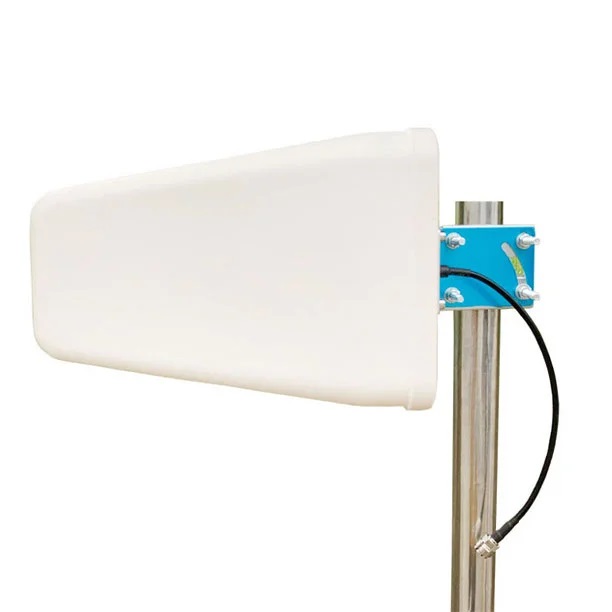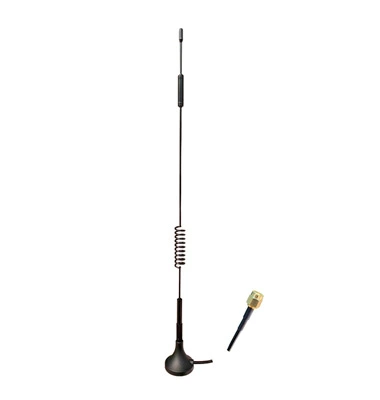4G LTE sector antennas are powerful tools for amplifying cellular signals in specific directions, making them ideal for areas with uneven coverage or for targeted signal boosting in high-traffic zones. This guide will delve into the world of 4G LTE sector antennas, equipping you with the knowledge to choose the perfect one for your needs.
What is a 4G LTE Sector Antenna?
Unlike omnidirectional antennas that radiate and receive signals in all directions, a 4G LTE sector antenna focuses its signal within a defined sector, typically between 90° and 120°. This focused beam amplifies the signal within that sector, boosting coverage and performance for users located within its range. If you are looking for 4G sector antenna or LTE sector antenna, this guide will help you.
Types of 4G LTE Sector Antennas:
Log-Periodic Dipole Array (LPDA): The most common type, known for its wide bandwidth and high gain. LPDA antennas are often used for general signal improvement and coverage expansion.
Panel Sector Antenna: A flat, rectangular antenna with multiple radiating elements. Panel sector antennas offer a balance between gain and beamwidth, making them suitable for covering medium-sized areas.
Yagi Sector Antenna: Similar to a traditional Yagi antenna but with multiple director elements arranged in a sectorial pattern. Yagi sector antennas provide high gain and narrow beamwidth, ideal for targeted signal boosting in specific areas.
Factors to Consider When Choosing a 4G LTE Sector Antenna:
Gain: Measured in decibels (dB), it indicates the antenna's ability to amplify the signal within its sector. Higher gain antennas provide better coverage but have a narrower beamwidth.
Beamwidth: The angle over which the antenna effectively transmits or receives signals. Wider beamwidth covers larger areas but reduces signal strength at the edges.
Frequency Range: Ensure the antenna covers the specific 4G LTE bands used by your carrier (e.g., 700 MHz, 1700 MHz, 2100 MHz).
Vertical and Horizontal Polarization: Choose an antenna with the correct polarization to match your carrier's network infrastructure.
Connector Type: Select an antenna with a connector compatible with your base station or signal booster (e.g., N-type, SMA).
Impedance: Typically 50 ohms for most 4G LTE applications.
Benefits of Using a 4G LTE Sector Antenna:
Targeted signal improvement: Focuses the amplified signal in specific areas, maximizing its impact.
Reduced interference: Minimizes signal bleed into unintended areas, reducing potential interference with other users.
Ideal for high-traffic zones: Enhances coverage and capacity in areas with high data demand.
Cost-effective solution: Compared to deploying multiple omnidirectional antennas, sector antennas can provide wider coverage with fewer units.
Installation Tips:
Mount the antenna on a sturdy mast or tower at a suitable height for unobstructed line of sight to the cell tower.
Align the antenna's sector with the desired coverage area.
Use high-quality cabling and connectors to minimize signal loss.
Ground the antenna for lightning protection if installed outdoors.
Remember: Choosing the right 4G LTE sector antenna requires careful consideration of your specific needs and network environment. Consulting with a professional installer is highly recommended to ensure optimal antenna placement and configuration for your situation.
With the right 4G LTE sector antenna, you can transform your cellular experience, creating targeted zones of strong and reliable connectivity for improved communication, work, and entertainment. Take control of your signal and unlock the full potential of your 4G LTE network!
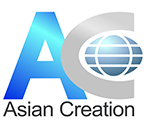
 English
English